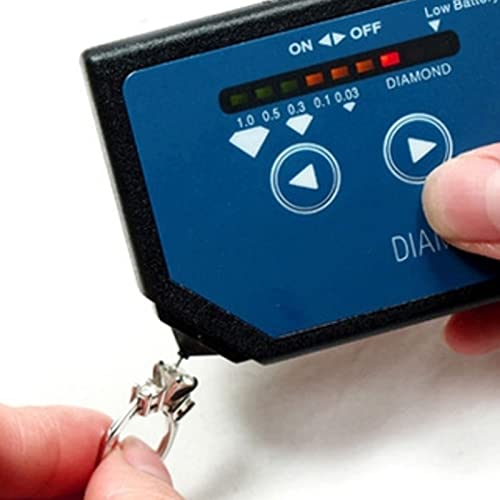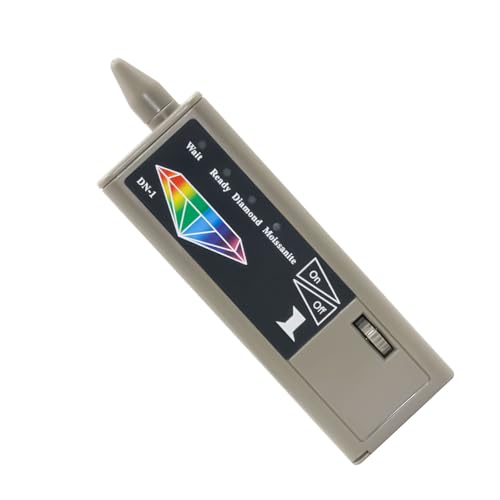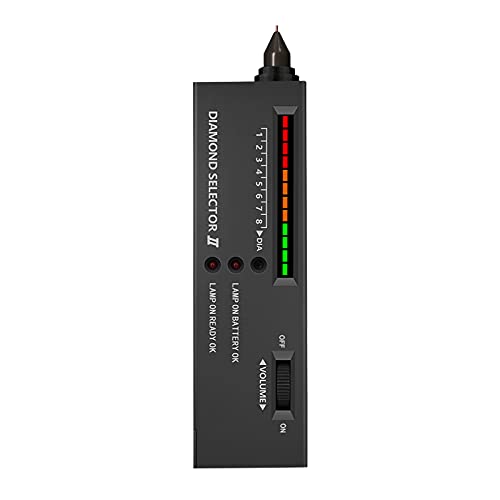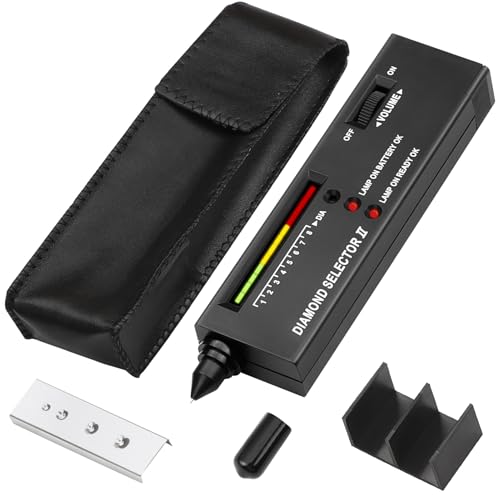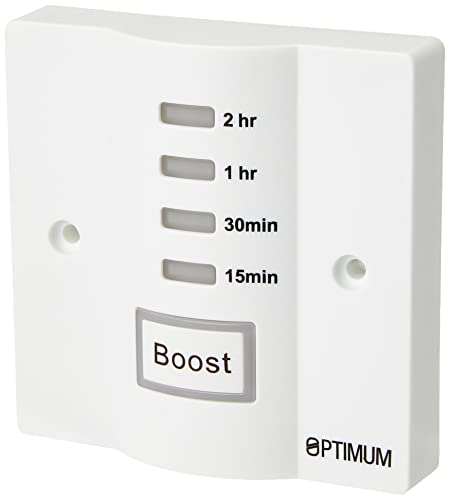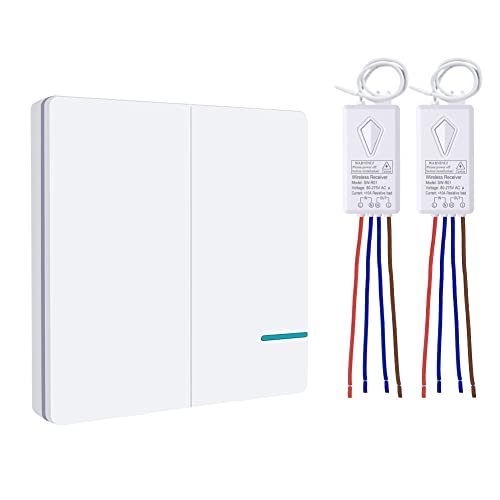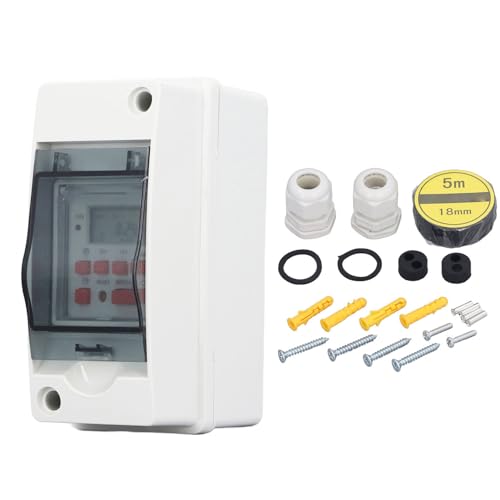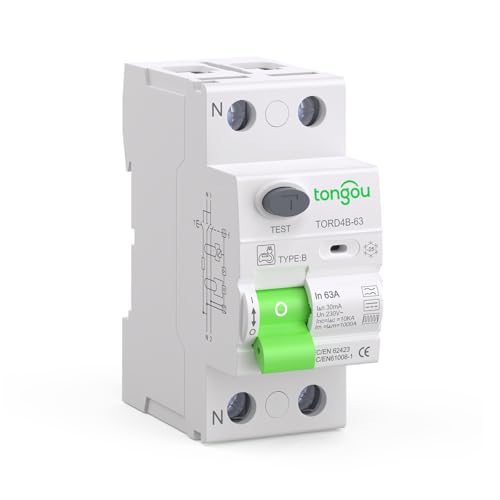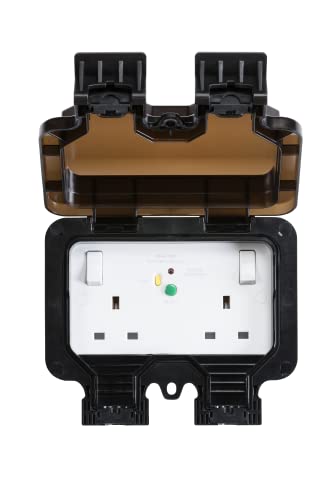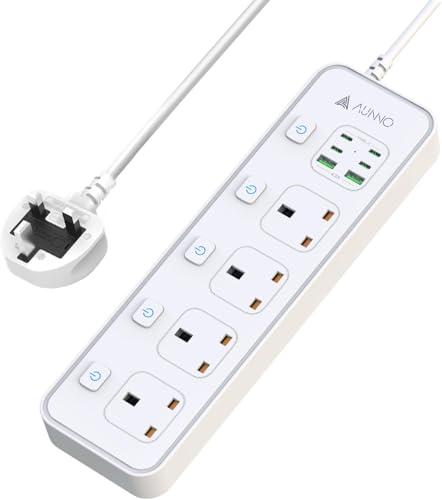Understanding Diamond Testers: How They Work and Why You Need One
What is a Diamond Tester?
A diamond tester is a handy tool that helps you determine whether a stone is a genuine diamond or a simulant, like cubic zirconia or moissanite. It works by measuring the thermal conductivity of the stone. Diamonds are excellent heat conductors, which means that when you press the tip of the tester against the stone, it will register a specific temperature reading. If it shows a high reading, you likely have a real diamond on your hands. For us, having a diamond tester can be essential, especially if we frequently deal with gemstones, whether for personal purchases or as professionals.
Why You Need a Diamond Tester
Imagine you’re at a market, looking at sparkling pieces of jewellery. It’s thrilling, but how do you know if you’re purchasing the real deal or a cleverly crafted imitation? A diamond tester can provide peace of mind, allowing us to confirm the authenticity of our purchases right on the spot. This tool is especially useful if we’re investing in high-value items or selling gemstones ourselves, as it adds credibility and trustworthiness to our transactions.
Key Features to Consider When Buying a Diamond Tester
Accuracy and Speed
When exploring diamond testers, we need to consider their accuracy and how quickly they can provide results. A reliable tester should give consistent readings within seconds, allowing us to make swift decisions without waiting around. Some testers also feature LED indicators, which make it easier to interpret the results quickly, ensuring we can confidently verify authenticity.
Type of Tester
There are various types of diamond testers available, ranging from handheld pen-style devices to more comprehensive electronic testers. If we’re looking for something simple, a pen tester is compact and easy to use. However, if our needs are more advanced, an electronic tester may offer additional features, like testing for other gemstone types or having built-in reference guides.
Portability and Design
For those of us who attend gem shows or markets frequently, portability is crucial. We should look for testers that are lightweight and easy to carry around. A pen-style tester or a small handheld device usually fits well into our bags and allows us to test stones on the go. The design should also be user-friendly, with clear buttons and displays.
Top Diamond Testers on the Market: Our Recommendations
Affordable Options for Everyday Use
For those of us on a budget, a basic handheld diamond tester could suffice. Models such as the gemOro Ultra Tester offer great value without sacrificing accuracy. It’s simple, user-friendly, and works well for quick checks.
Advanced Testing Tools
If we’re looking for something more sophisticated, we might consider the Presidium ADT. This tester is known for its speed and accuracy, providing results in mere seconds. With capabilities to differentiate between diamonds and other gemstones, it’s ideal for more serious gem enthusiasts or professionals.
All-in-One Testing Devices
For comprehensive testing needs, the gemOro Tester II provides a 3-in-1 solution. Besides testing for diamonds, it can test for moissanite and other gemstones, making it perfect for our collection or resale purposes. This versatile device can save us time and money by consolidating our testing needs into a single tool.
How to Use a Diamond Tester Effectively: A Step-by-Step Guide
Prepare the Tester and the Stone
Before we start testing, it’s important to prepare both the diamond tester and the gemstone. First, turn on the device and give it a moment to warm up, as recommended by the manufacturer. Next, clean the stone to ensure nothing interferes with the results. A quick wipe with a soft cloth usually suffices.
Testing Process
To test the stone, we simply place the tip of the tester against the surface of the gemstone, applying gentle pressure. We should ensure the tester is in full contact with the stone for an accurate reading. Once in place, the tester will emit a sound or display a light, indicating whether the stone is a diamond or not.
Interpreting the Results
Most testers will have a straightforward indicator system: a light or sound indicates a diamond, while a different signal indicates a simulant. If we receive a negative result but still have doubts, it might be worth running the test again or verifying with a more advanced tester.
Maintaining Your Diamond Tester for Longevity and Accuracy
Regular Cleaning and Storage
To keep our diamond tester in optimal condition, regular cleaning is essential. After each use, we should gently wipe the tip to remove any dust or residue. When not in use, it’s best to store the device in a protective case to prevent scratches or damage.
Battery Maintenance
If our diamond tester runs on batteries, it’s wise to replace them regularly or keep spares handy. Diminished battery power can affect the tester’s performance and accuracy. We should always ensure our device is fully powered before taking it with us for testing.

